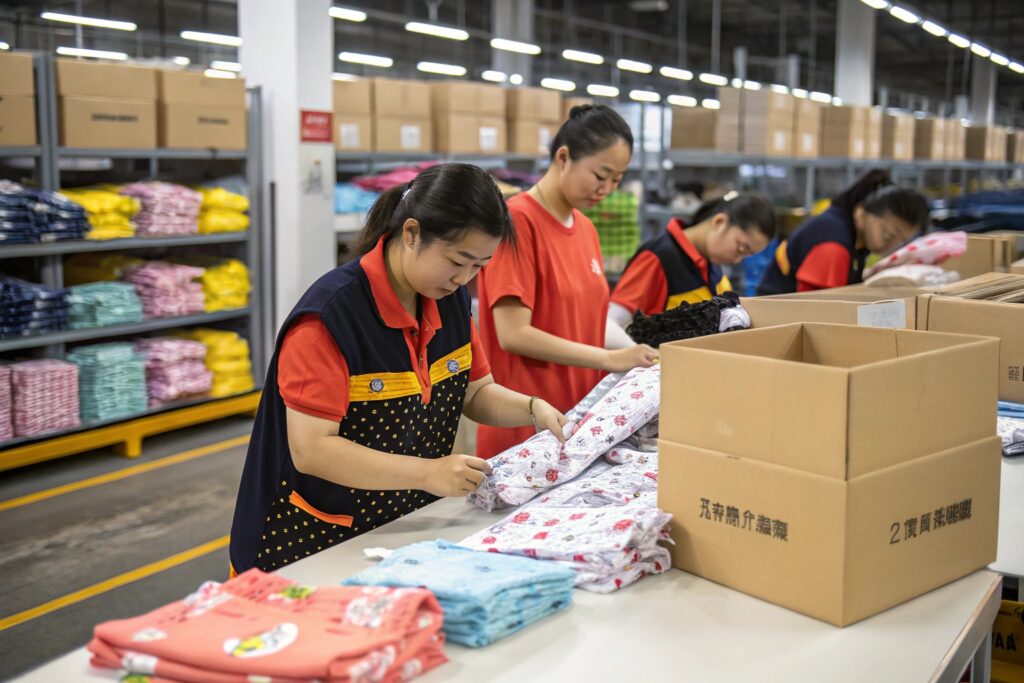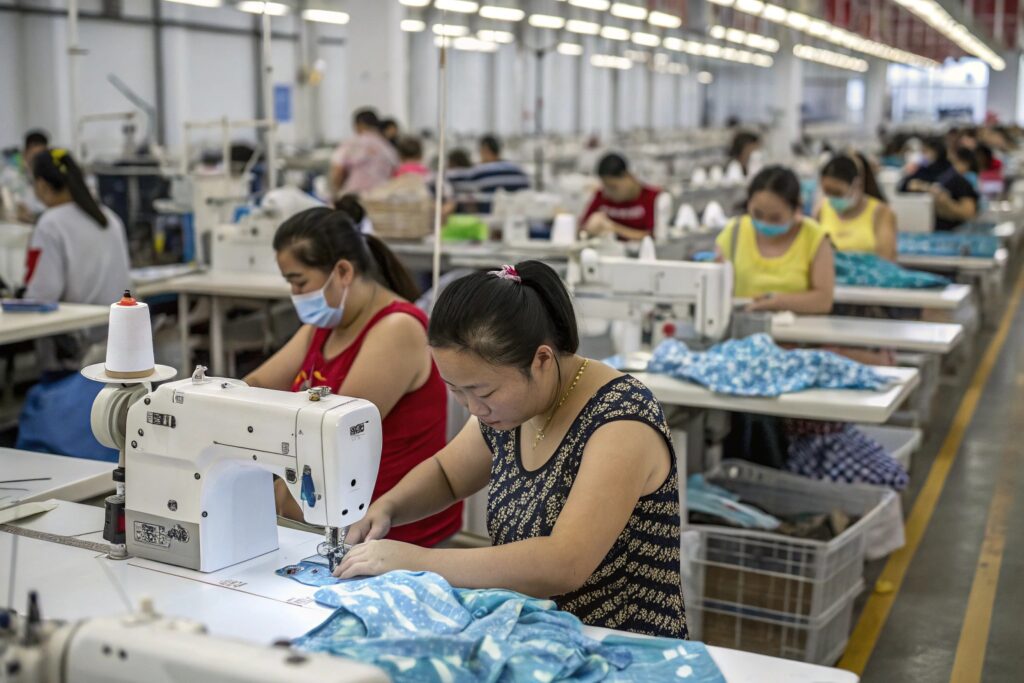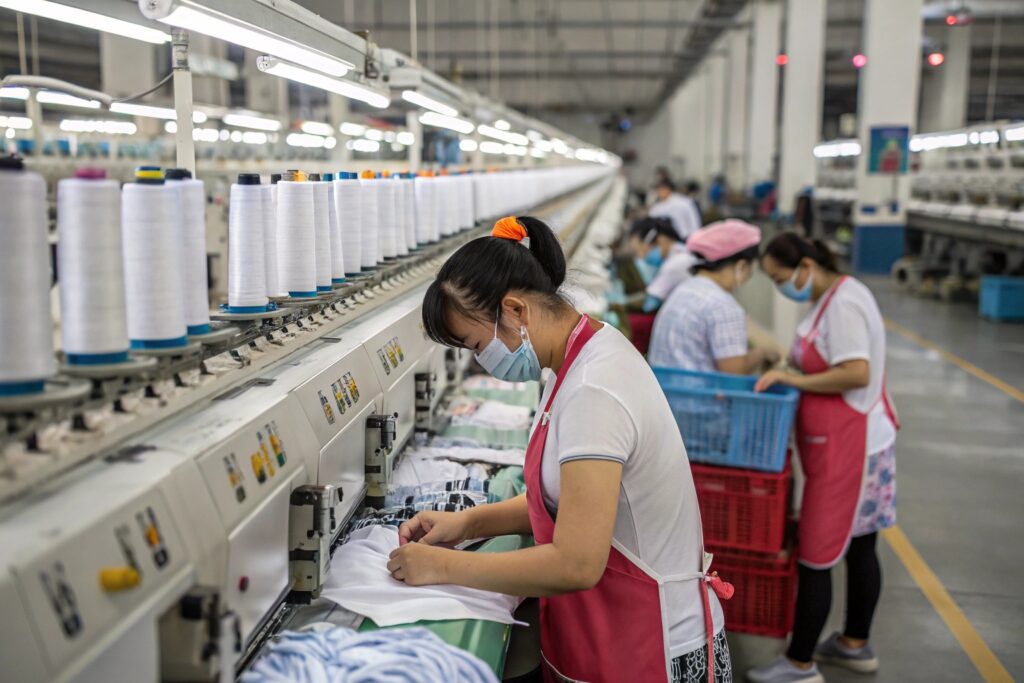Capsules create hype—but fast restocks keep the momentum going. Without replenishment, you’re building demand you can’t fulfill.
Retailers prefer capsule collections with fast restocks because it lets them meet ongoing demand, reduce missed sales, and maintain product visibility without oversupply.
In my work with capsule-focused kidswear brands, restocking quickly has often made the difference between a one-time hit and a long-term bestseller.
How Quick Restocks Reduce Lost Sales Opportunities?
A sold-out style without a restock is a lost opportunity. Customers walk away—and may not come back.
Fast restocks of popular capsule styles help retailers recover missed revenue, satisfy demand surges, and keep conversion rates high without overbuying up front.

How much revenue do retailers lose when restocks are slow or nonexistent?
The loss can be substantial. We’ve seen retailers miss out on 20–40% of potential sales simply because they didn’t replenish trending SKUs fast enough.
For instance, a kidswear capsule client launched a unicorn-themed hoodie that sold out in 6 days. Without a fast reorder plan, they had to wait 45 days for a second batch—by then, the hype was gone. Conversion on the restock dropped by 60%.
Capsules are by nature limited, but customers still expect quick access to products they love. Especially in the kidswear market, where parents often return to buy more for siblings or as gifts.
With Fumao Clothing, we build restock-ready production flows. When a capsule sells fast, we can duplicate or adjust it in 10–20 days depending on complexity. This avoids missing those high-intent buyers.
What strategies help ensure restocks happen while demand is still hot?
The secret is pre-planning. Here’s what we do for most capsule clients:
- Produce a smaller test run (e.g., 300 pcs)
- Monitor sell-through during week one
- Trigger restock if 70%+ sells out in 7–10 days
- Use pre-approved fabrics and trims for fast execution
- Reserve line capacity ahead of time
This proactive model means retailers can turn one good SKU into a month-long bestseller instead of a one-week wonder.
Meeting Demand Surges with Agile Replenishment?
Capsule drops can go viral overnight. If you can’t replenish fast, the buzz turns into frustration.
Agile replenishment allows retailers to meet demand spikes after successful capsule drops—without overloading inventory or delaying delivery.

What makes a supply chain “agile” enough to handle sudden restock needs?
Speed isn’t about rushing—it’s about readiness. An agile supply chain is one where:
- Fabrics are pre-sourced and held in stock
- Patterns and size specs are pre-approved
- Production lines are flexible and segmented
- Logistics can switch from sea to air if needed
At Fumao, we maintain an in-house material library that supports restocks. That means if your cotton fleece hoodie goes viral, we already have the fabric ready. We simply cut and sew based on your reorder specs—no fresh sourcing delay.
We also stagger capacity across our 5 lines to keep space open for reorders. It’s part of how we support high-velocity capsule brands that want to reorder styles every 10–15 days.
How do agile restocks help retailers avoid the “feast or famine” problem?
Capsules often follow a feast-or-famine cycle. You either have too little inventory and miss sales, or you overproduce and get stuck with dead stock. Agile restocks balance this.
Start small, watch results, then double down only on winning SKUs. One of our buyers ran a girls’ spring dress at 300 units, sold out in 5 days, and reordered 700 more. The second batch arrived in 2 weeks and sold through in 12 days. No waste. No markdowns. Full-price success.
This method reduces financial exposure and makes the entire season more profitable—while making customers feel like your brand is always on top of the trend.
Enhancing Customer Loyalty Through Consistent Availability?
Few things hurt loyalty like “Sorry, we’re out of stock.” Capsules don’t have to mean scarcity forever.
Retailers build trust and loyalty by restocking high-demand capsule pieces quickly, so customers can buy again—or tell others to.

Why does restocking capsules matter for customer experience?
Capsules generate excitement. But if your most-wanted style disappears and doesn’t come back, you lose more than sales—you lose momentum and goodwill.
Customers who love a product often return for:
- Different sizes (for siblings or growth)
- Backup pieces (same item, different color)
- Gifts (especially in kidswear)
Fast restocks keep the buying cycle active. It also empowers word-of-mouth. A mom who buys a cute dress and posts about it wants her friends to find it too. If they can’t, your brand looks unprepared.
We’ve helped clients implement back-in-stock email alerts and restock countdowns synced with our factory production timelines. That transparency turns restocks into events, not frustrations.
How can you use restocks as a brand loyalty driver?
Here are three proven strategies:
- Restock Exclusives – Add a new color or trim to the restock run.
- Early Access Alerts – Let loyal customers order before the public restock.
- Restock-Based Upsells – Bundle the restocked SKU with accessories or matching styles.
Fumao supports these strategies by integrating restock planning into the original capsule roadmap. That way, the second round of production feels like part of the plan—not a reactive scramble.
The Role of Flexible Supply Chains in Fast Restocking?
A rigid supply chain kills capsule momentum. Flexibility wins.
Fast restocks rely on flexible factories, rapid sourcing systems, and adaptable shipping methods that scale with capsule demand.

What does a flexible supply chain look like in capsule production?
Here’s what we build for capsule clients:
| Component | Flex Strategy | Benefit |
|---|---|---|
| Fabric | In-stock or reserved lots | Cuts sourcing time |
| Patterns | Saved, editable files | No remaking needed |
| Production | Modular cells by style | Fast switches between SKUs |
| Shipping | DDP + Air/Sea hybrid | Adjust based on urgency |
This setup means we can produce, pack, and ship a restock capsule in as little as 10 days (air freight), or 18–22 days (sea + DDP). Clients choose based on urgency and margin.
We also use predictive restock planning. If sell-through hits 60% in week one, we prep material immediately—before the formal reorder arrives. That saves days and helps you stay in stock without delay.
How can retailers work with factories to ensure restock readiness?
It starts at the first order. Build restock clauses into your PO:
- Specify quantities for a first run and potential reorders
- Lock in material availability for 60–90 days
- Pre-approve labels and packaging
- Confirm a production slot window for restocks
Fumao supports this with reorder tracking templates and restock-ready BOM files. When your buyer says “We need 500 more,” we don’t start from scratch—we execute fast.
A flexible supply chain turns your capsule drop into a cycle—not a one-shot risk. That’s how modern retailers build stable, scalable capsule programs.
Conclusion
Capsule collections sell fast—but it’s fast restocks that make them sustainable. With the right systems and partners, you can turn short-run hype into long-term retail performance.










